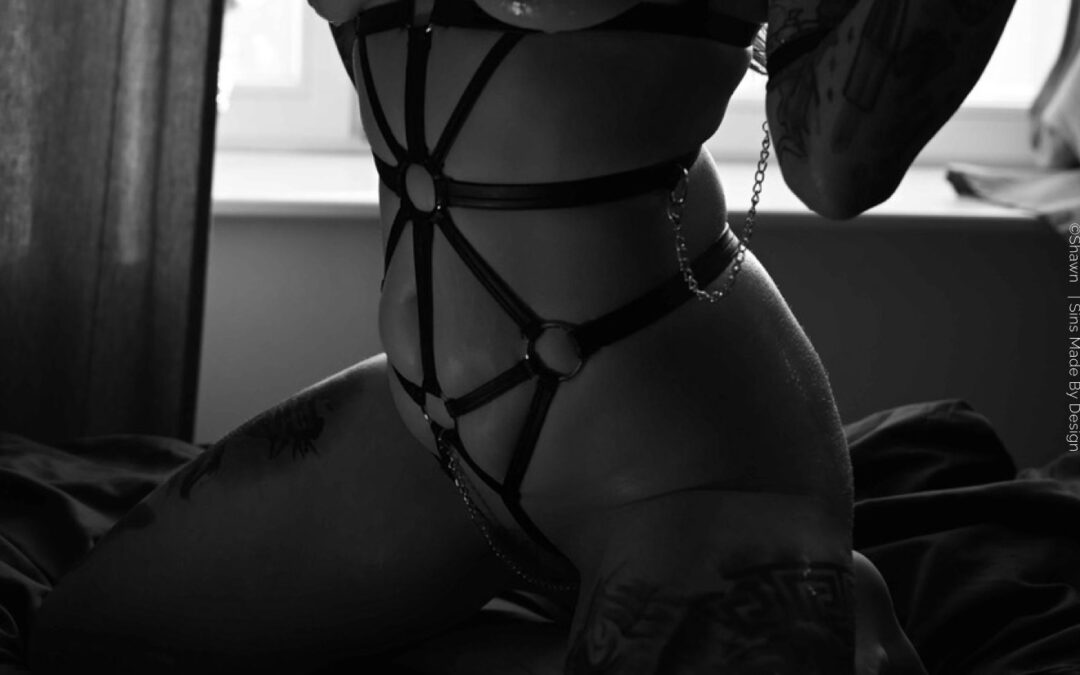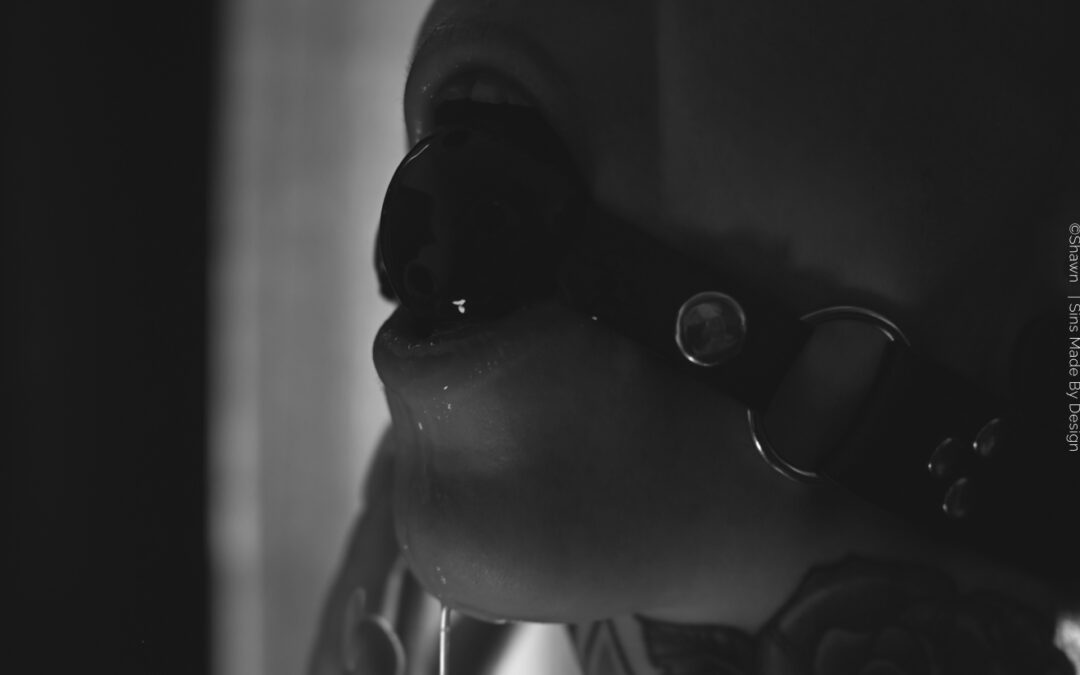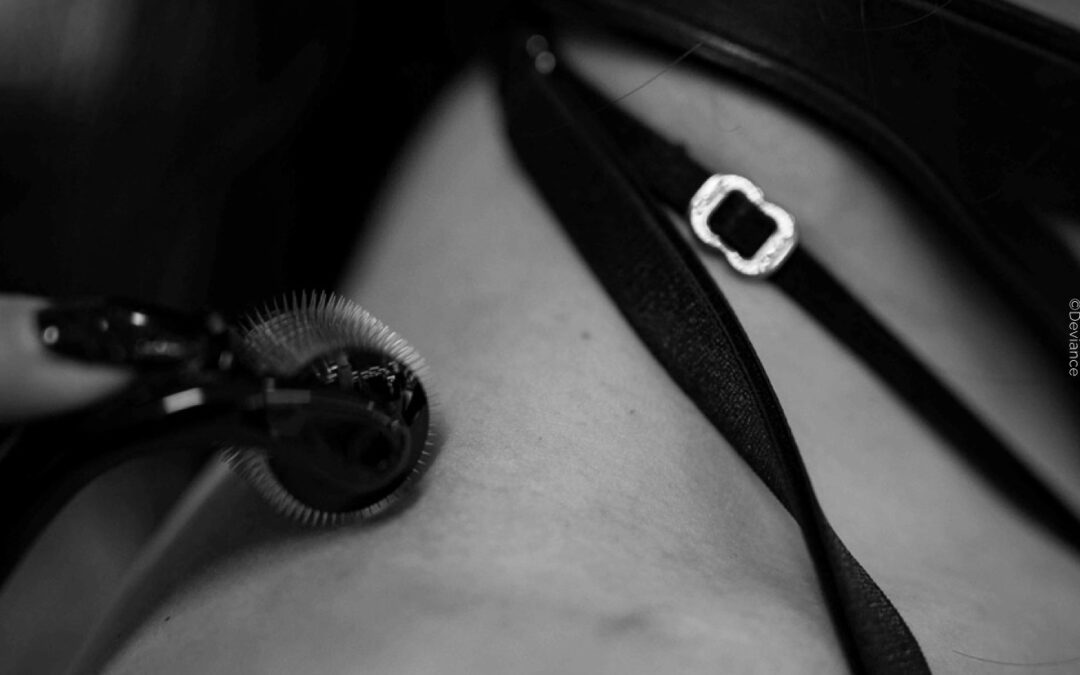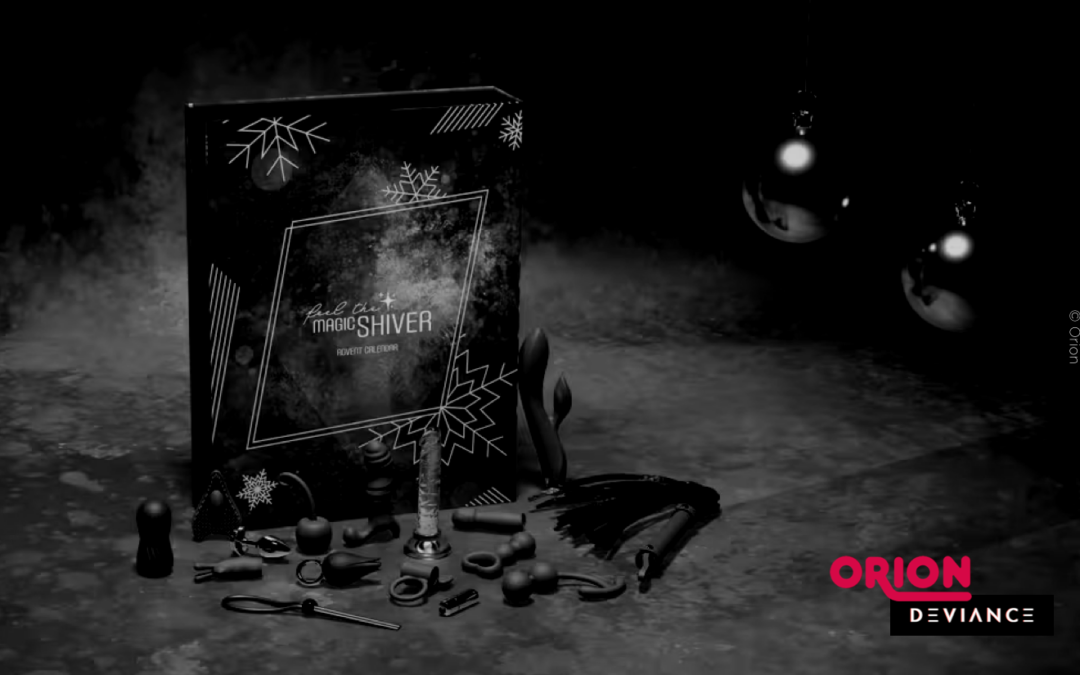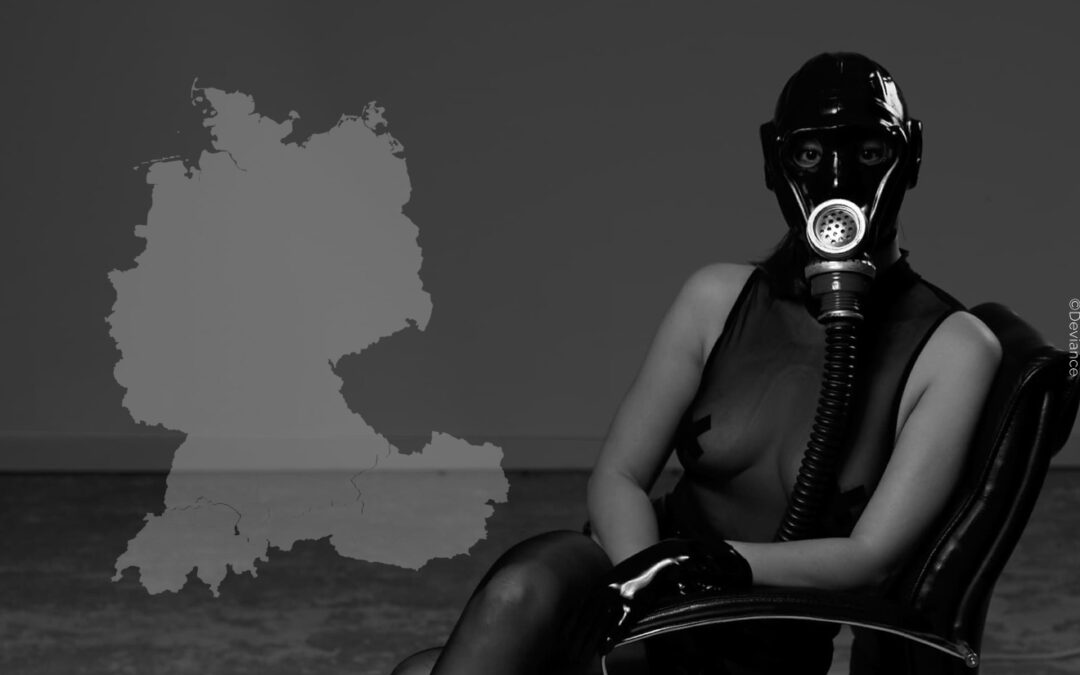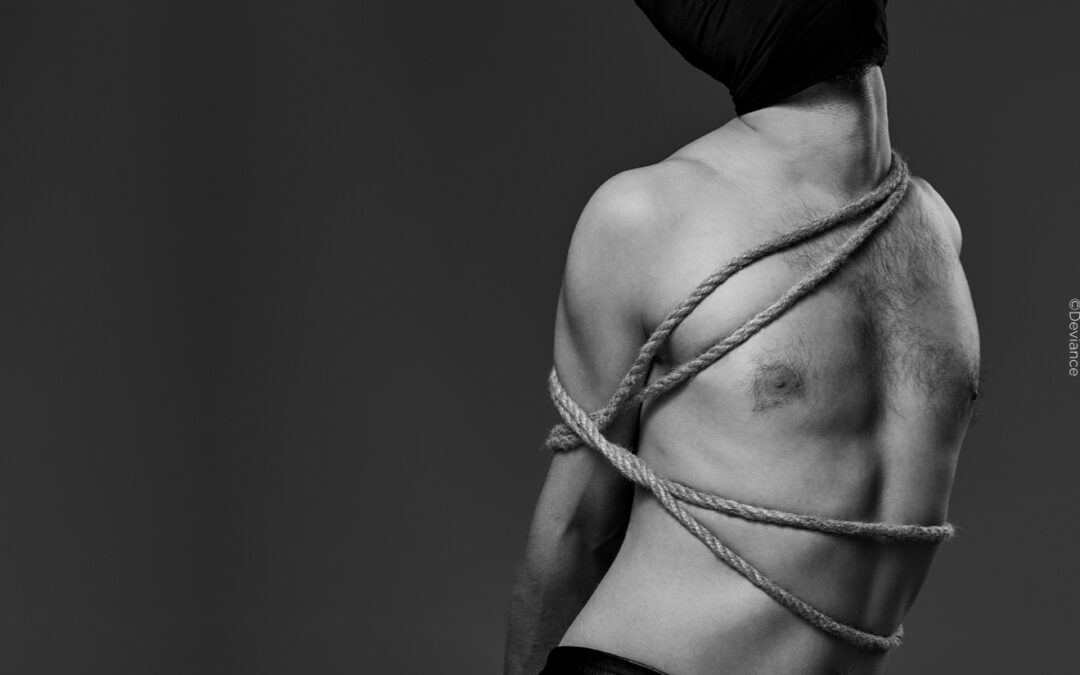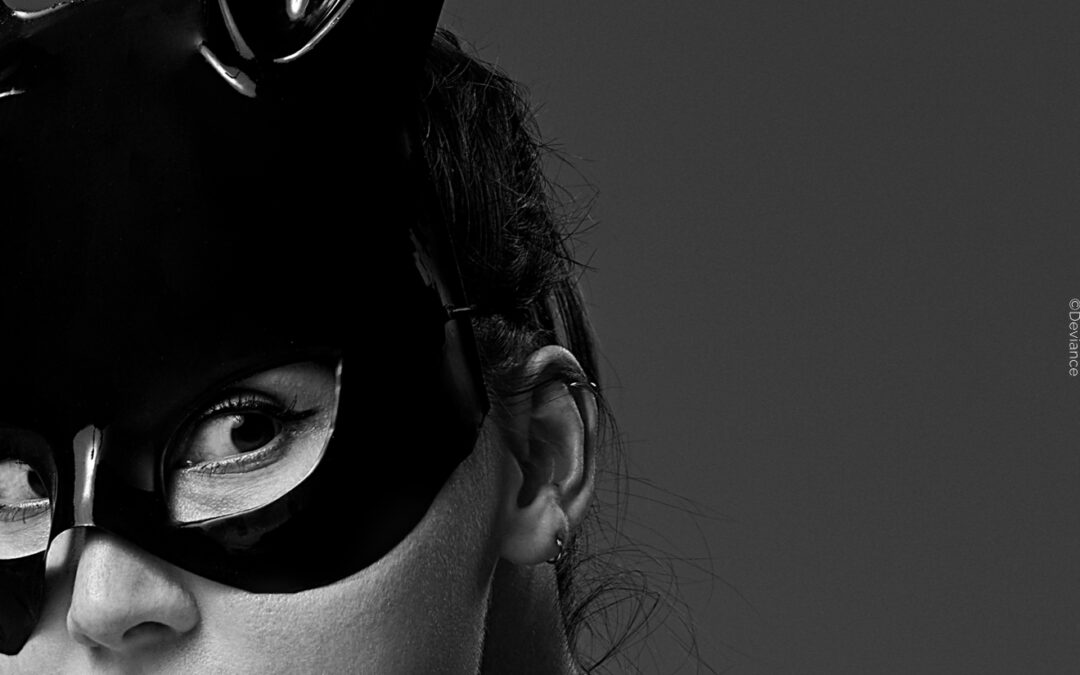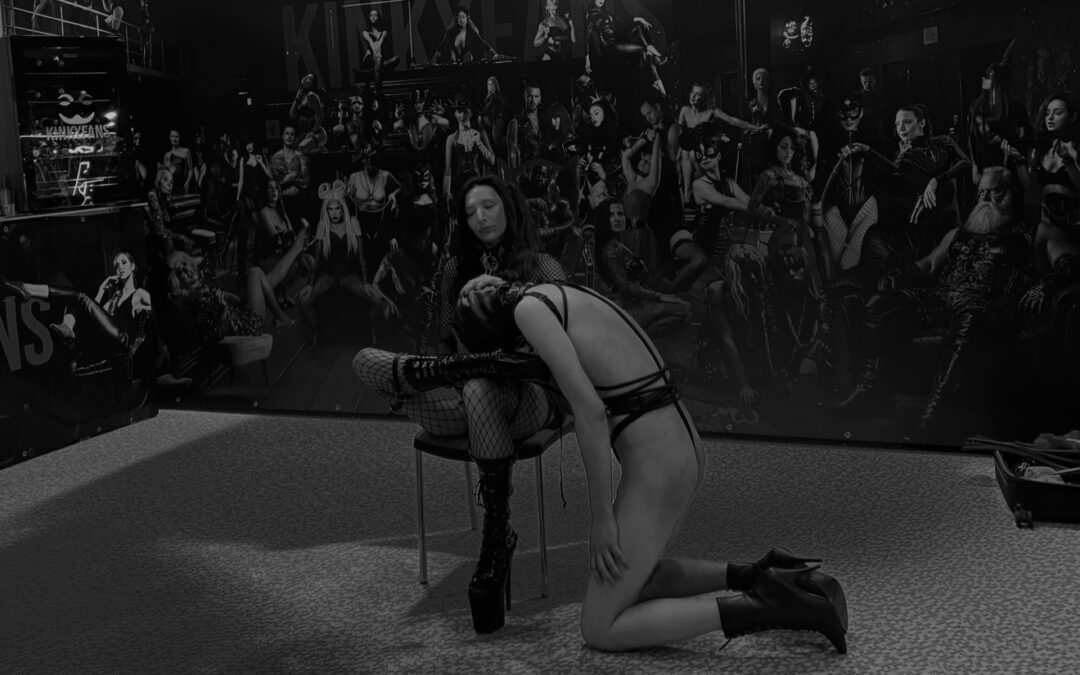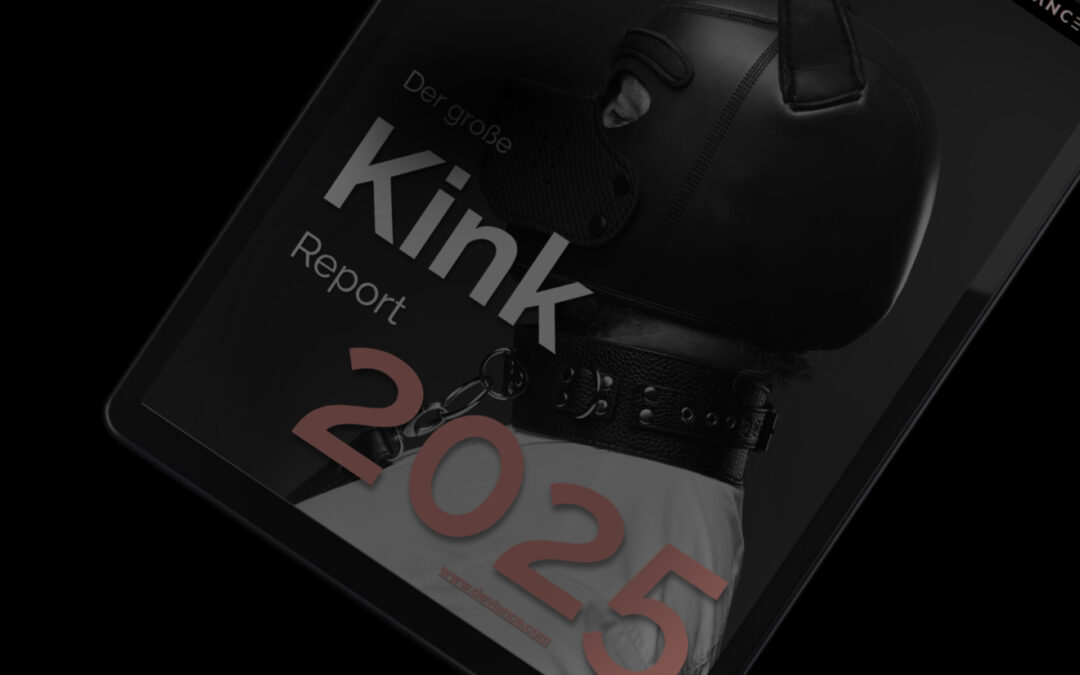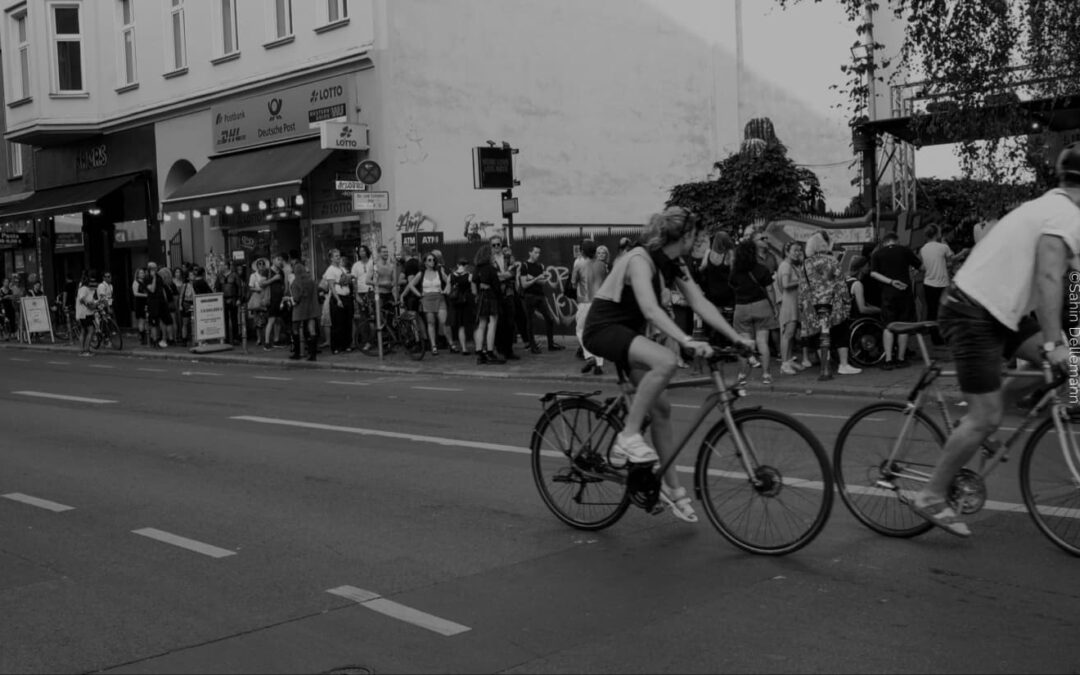The Folsom Street Fair is an open-air event that closes Leather Pride Week in San Francisco, California, every year on the last Sunday in September. The street festival is the annual highlight of the US leather and fetish scene. The event, usually referred to simply as Folsom, has been held since 1984 and is the world’s largest celebration of the leather scene as well as the largest trade fair for BDSM equipment and culture in the world. It is therefore a kind of Christopher Street Day for BDSM. A similar event, Folsom Europe, has been held in Berlin since 2004.
The predecessor of the Folsom Street Fair was the CMC Carnival, short for “California Motorcycle Club Carnival.” It was a kind of carnival with music and sales booths. The CMC took place for about 20 years, always on the second Sunday in November, at various locations, mostly in large halls near the harbor.
The Folsom in San Francisco attracts around 400,000 visitors annually, primarily gay supporters of the BDSM community or leather fans from around the world. However, the event is also becoming increasingly popular among people who are not gay or supporters of BDSM. Since 1994, the event has therefore been called “San Francisco Pride Parade” instead of “Gay Freedom.”
All proceeds are donated to charitable organizations, such as the Aids charity.
Sailors, motorcycles and leather
San Francisco was an early and open-minded city towards homosexuality, where the leather culture developed. It all began with the “Sailor Boy Tavern,” a bar opened in 1938 for US Navy sailors, located near the YMCA. Soon, soldiers and young men looking for same-sex encounters gathered here. In 1945, when World War II ended, thousands of gay soldiers were discharged from service. Many of them settled in the major port cities of the United States, particularly in San Francisco for the reasons mentioned above. This is where the development of the modern gay leather scene begins.
Role models and influence
In 1953, the film “The Wild One” starring Marlon Brando was released. Inspired by Brando’s role as a motorcyclist wearing black gloves, a leather jacket, leather cap, and rugged boots, followers of the gay scene began to imitate the look. The “Leathermen” were born.
In the 1950s, the magazine “Bizarre” appeared, introducing people outside the scene to fetishes for the first time. Since the mid-1960s, Folsom Street in San Francisco has developed into a center for male leather enthusiasts, thanks in part to the many bars catering to this audience.
For example, the “Tool Box” was the first official gay leather bar. It opened in 1961 and became world-famous through an article in Life magazine in June 1964. The article was about “Homosexuality in America” – scandalous for the year 1964. It was also the first time that a national publication reported on gay issues. Photographer Hal Call went to the Tool Box to end the stereotype in his photography for the Life magazine article that homosexual men were “effeminate.” And he did a great job. The article featured a double-page mural of men in leather clothing at a bar, painted by Chuck Arnett.
The article called San Francisco “the gay capital of America,” inspiring many gay Leathermen to move there.
Why motorcycles?
What do motorcycles have to do with the leathermen scene? As mentioned earlier, the film “The Wild One” influenced dozens of homosexual men in terms of style and expression. Although we would wish that everything within the BDSM, leather, and LGBTQ+ community would always be peaceful, joyful, and harmonious – there were also instances of exclusion and different evaluations within the scene.
The first “gay motorcycle club” was the “Satyrs”, founded in Los Angeles in 1954, just one year after Brando coined the leather look. In San Francisco, the Warlocks and the California Motorcycle Club, both founded in 1960, were the first avowed Leathermen in an association structure.
In the mid-60s, San Francisco became the center par excellence for the homosexual motorcycle club scene. Some of the Leathermen from those same clubs were of the opinion that anyone who didn’t ride a Harley, or at least a motorcycle, was just trying to show off and wasn’t a real “leatherman”. At the same time, a group developed in the lesbian scene that we still know today as “Dykes on Bikes”.
In 1979, the then newly founded lesbian motorcycle club Dykes on Bikes led the San Francisco Gay Freedom Day Parade for the first time. The event is a relevant factor in the development of the LBGTQ+ scene we know today, as at the time it was the first parade for homosexual people regardless of their gender. A year earlier, Gilbert Baker designed the rainbow flag, which is still one of the most important symbols of the queer movement today.
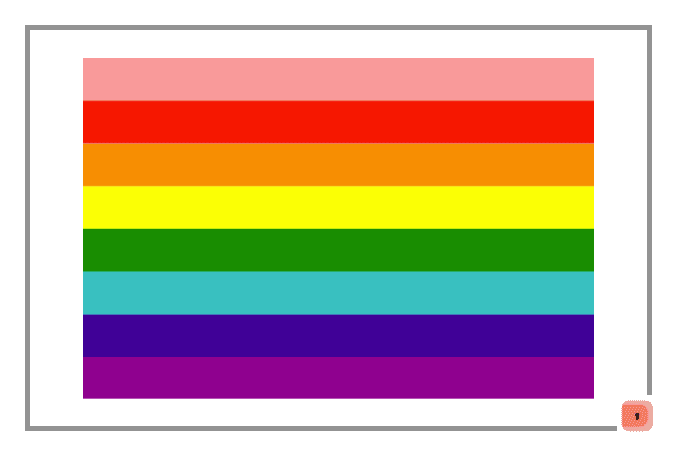
Folsom Street Fair
The background to the first major event in 1984, usually referred to simply as “Folsom”, was the city’s planned redevelopment program for the area around the South of Market. The warehouse and industrial districts were to be replaced by high-rise buildings in order to revitalize the city. The leather community actively campaigned against these plans.
As the Aids epidemic spread in the 1980s and little was known about the disease, bathhouses, bars and other venues that were home to the gay community were closed or strictly regulated. A coalition of various activists, community organizations and clubs began planning a street festival. The aim was to increase the visibility of the community and raise funds for information and education campaigns about Aids and safer sex. Thus, the Aids pandemic of the 80s and 90s became an important milestone in the development of a common queer community.
Folsom Europe
Since 2004, the European branch of Folsom has taken place in the Berlin district of Schöneberg on the second weekend of September each year. To this day, Folsom Europe is considered the first and most important street festival of the leather and fetish scene in Europe.
Both the Berlin Tourism Association and mayor Klaus Wowereit supported the event. In the second year, Wowereit even gave the opening speech. It was a welcome opportunity for politicians from the conservative Union party, who accused the then-mayor of being unsuitable for his office the following year. The background was leaflets that, in colorful language, described Wowereit as selling “racist rape pornography” as “pure joy of life.” According to the CDU, all of this was “not compatible with the dignity of high office.”
What does it look like at Folsom?
The special and therefore successful concept of Folsom is that it is one of the few opportunities to perform and present or see BDSM activities in public. At the same time, of course, this is also one of the harshest criticisms of the Folsom Street Fair.
Among other things, there is public flogging, clamping and CBT demonstrations. Many of the participants enjoy having the attention of the audience and demonstrating their skills in public.
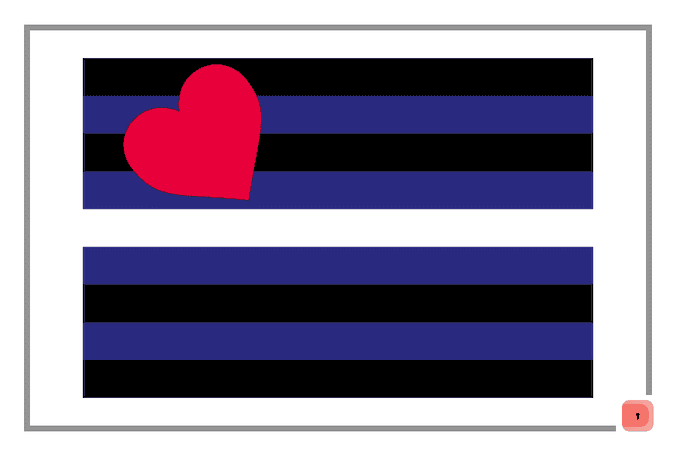
As is usual with scandals or unusual things, the performances and the recurring discussions about them attract a large number of spectators. Hundreds of video and photographers eagerly capture the sometimes borderline clothing or activities. While some attendees perceive the event as a window into another world, eye-opening or horizon-expanding, the event is also often targeted by anti-gay organizations due to its explicit depictions.
The poster discussion 2007
The 24th Folsom Street Fair took place on September 30, 2007. The advertising poster for this event was an artwork photo in which well-known members of the LGBTQ+ and BDSM community posed in fetish clothing. Sounds pretty harmless and cool at first, doesn’t it? The “problem” for critics was that it reinterpreted the famous painting “The Last Supper” by Leonardo da Vinci. It depicted people from the community in fetish clothing at a table inspired by Jesus and his disciples, which had been covered with a BDSM flag as a tablecloth and decorated with whips, plugs and cuffs. Conservative religious groups were horrified, calling the image blasphemous and the Folsom community anti-Christian.
Media referred to numerous other parodies that had been considered more of an homage, such as The Simpsons, Renée Cox’s “Yo Mama’s Last Supper” or even the Boston Red Sox or Robert Altman in the movie Mash.
In a press release, it was expressed that the intention was simply to show art, without deeper speculation of meaning.
“There is no intention to be particularly pro-religion or anti-religion with this poster; the image is intended only to be reminiscent of the ‘Last Supper’ painting. It is a “distinctive representation of diversity with women and men, people of all colors and sexual orientations.”Andy Copper, Chairman of the Board of Folsom Street Events.
Nancy Pelosi, Speaker of the United States House of Representatives, who represents San Francisco and is also a Roman Catholic, was asked by reporters at a press conference about the poster motif. Her press secretary Drew Hammill is reported to have addressed the controversy: “As a Catholic, the speaker is confident that Christianity has not been harmed.”
“As a Catholic, the speaker is confident that Christianity has not been harmed.”Drew Hammill for Nancy Pelosi 2007
Curious?
If this article seemed long to you, rest assured, it took me hours of gathering information, abridging it, to get a first look at the impressive scene and history of the Folsom Street Fair and the Leathermen. But it’s a fraction of the truly fascinating story. If you want to know more, we’ve listed some links for you to delve deeper into the subject.
- Bandana-Code
- Dyke March
- Leather archives and museum
- LGBT culture in San Francisco
- A brief history of the Folsom Street Fair in San Francisco
- Folsom in photos: a mostly SFW look at the 2019 Big Kink and Leather Fair, SFist – San Francisco news, restaurants, events and sports.
- Timline of Leather History – Leather Archives, Lederarchives.org.
- San Francisco’s Folsom Street Fair featured public flagellations, CNS News, 29.09.2008 .
- Leather History Timeline-Leather Archives
- Ringold Alley’s Leather Memoir, Public Art and Architecture from Around the World
- Paull, Laura (2018-06-21). Honoring gay leather culture with art installation in SoMa alley, Jweekly.com.
- ‘Tolerance Gone Wild’ in San Francisco as Cops Stand By Amidst Folsom Street Fair’s Public Perversions and Widespread Nudity, Americans for Truth About Homosexuality (Anti-gay organization)
- Folsom Street East, Homosexual Male S/M Activists (GMSMA)
- Other Last Suppers: Where’s the Outrage?, Dan Savage on Slog.thestranger.com
Also worth a look is @folsomeurope‘s Instagram profile, where you can find all the important dates and updates about the Berlin event, among other things.
